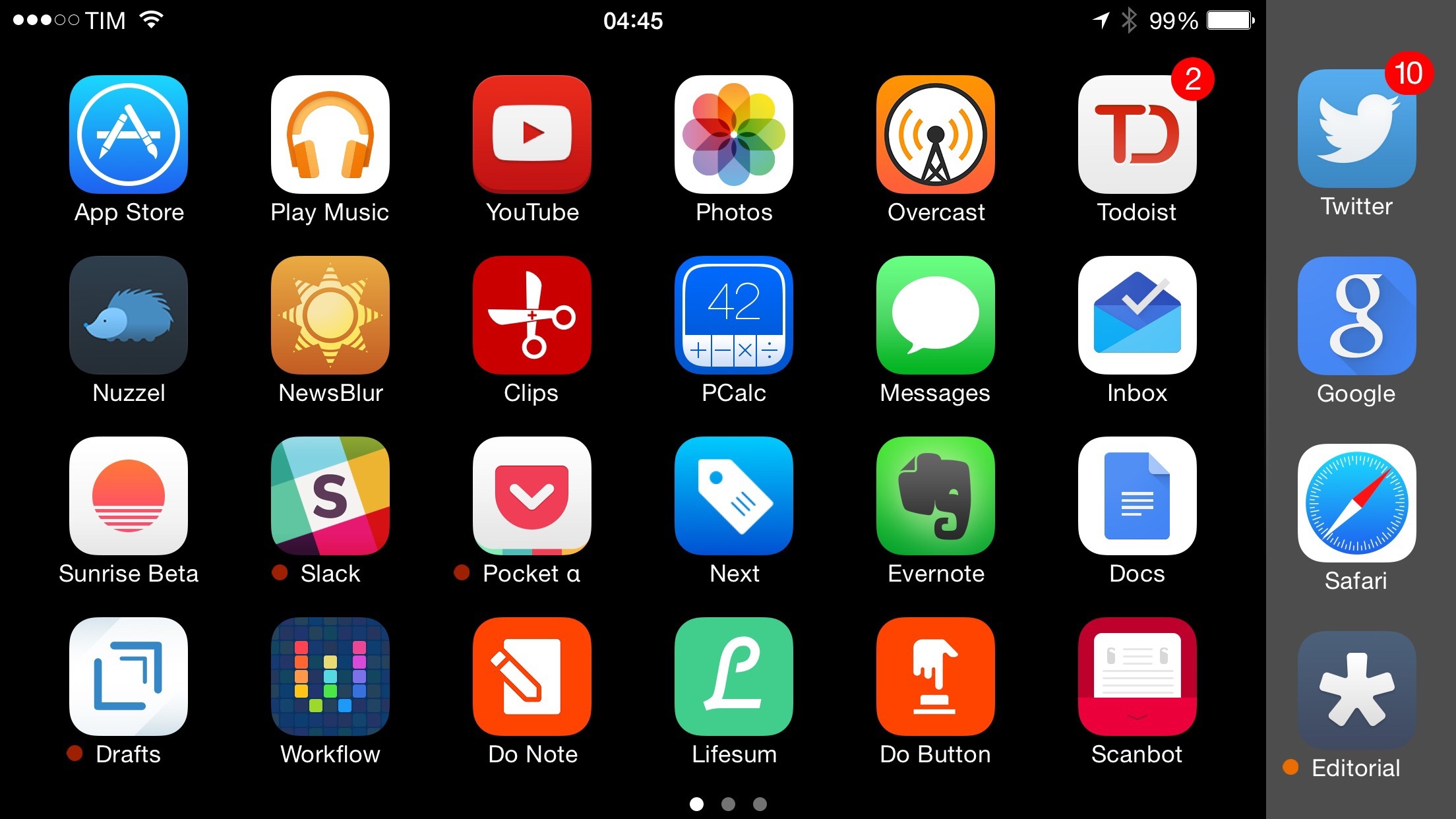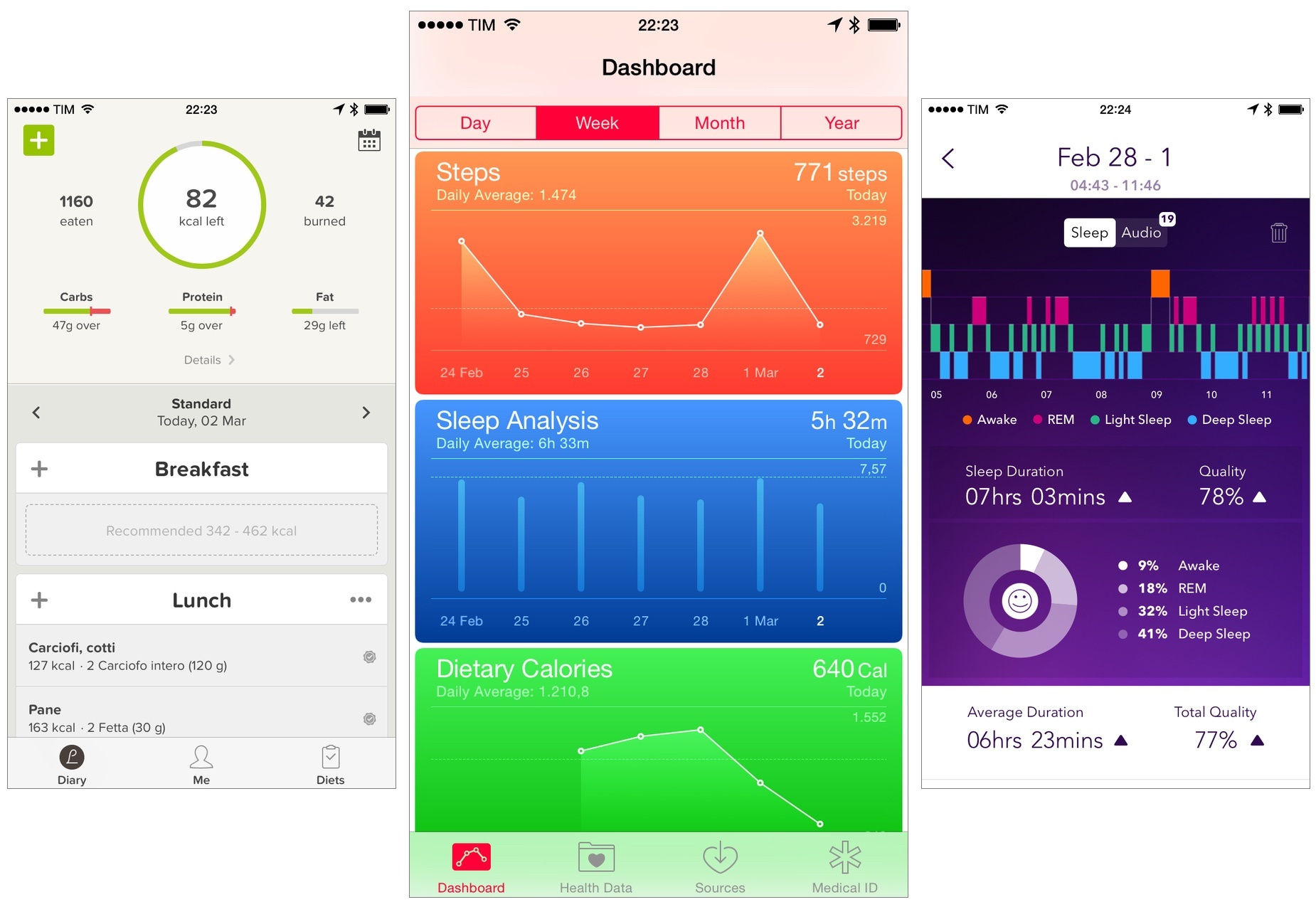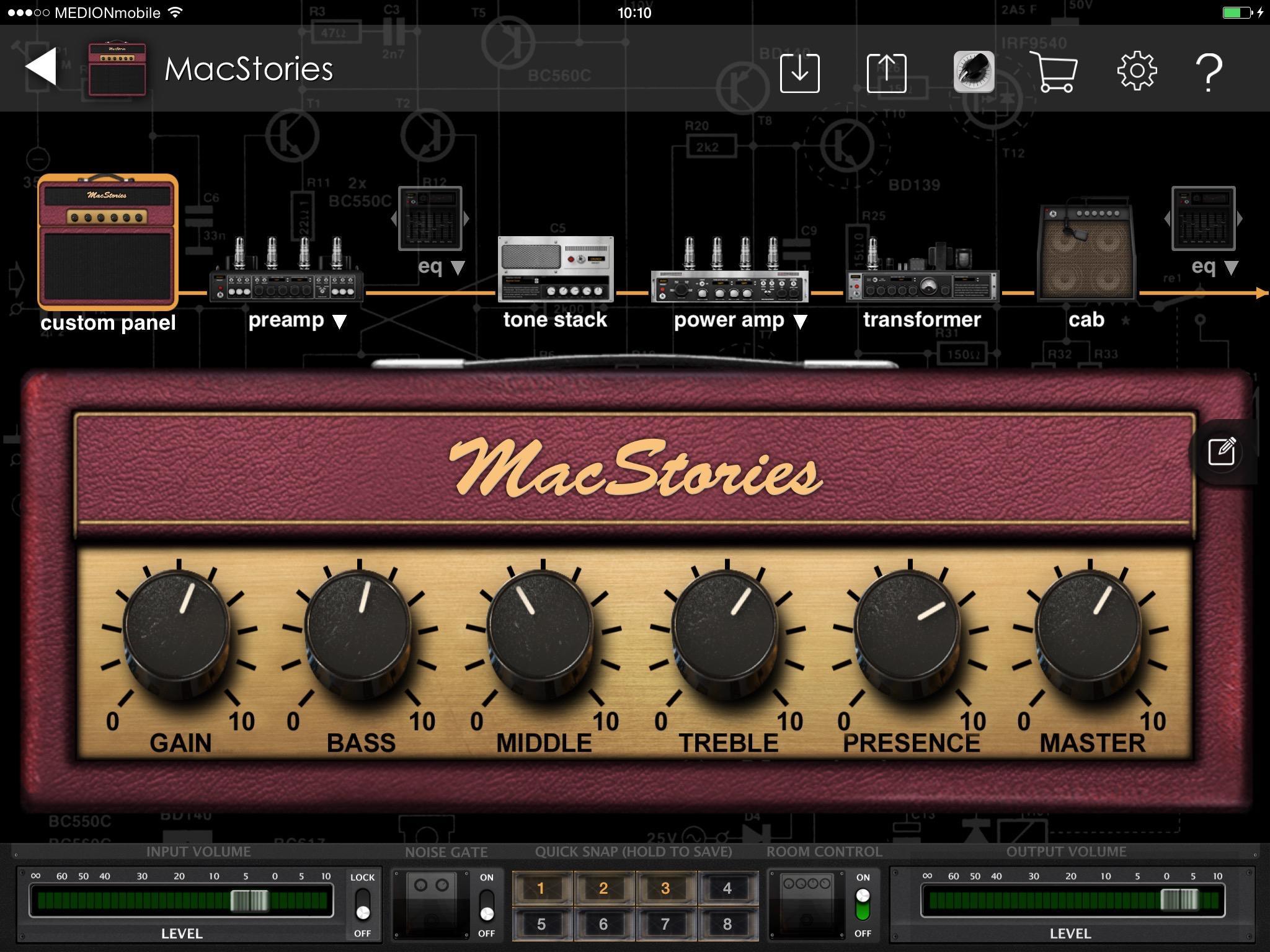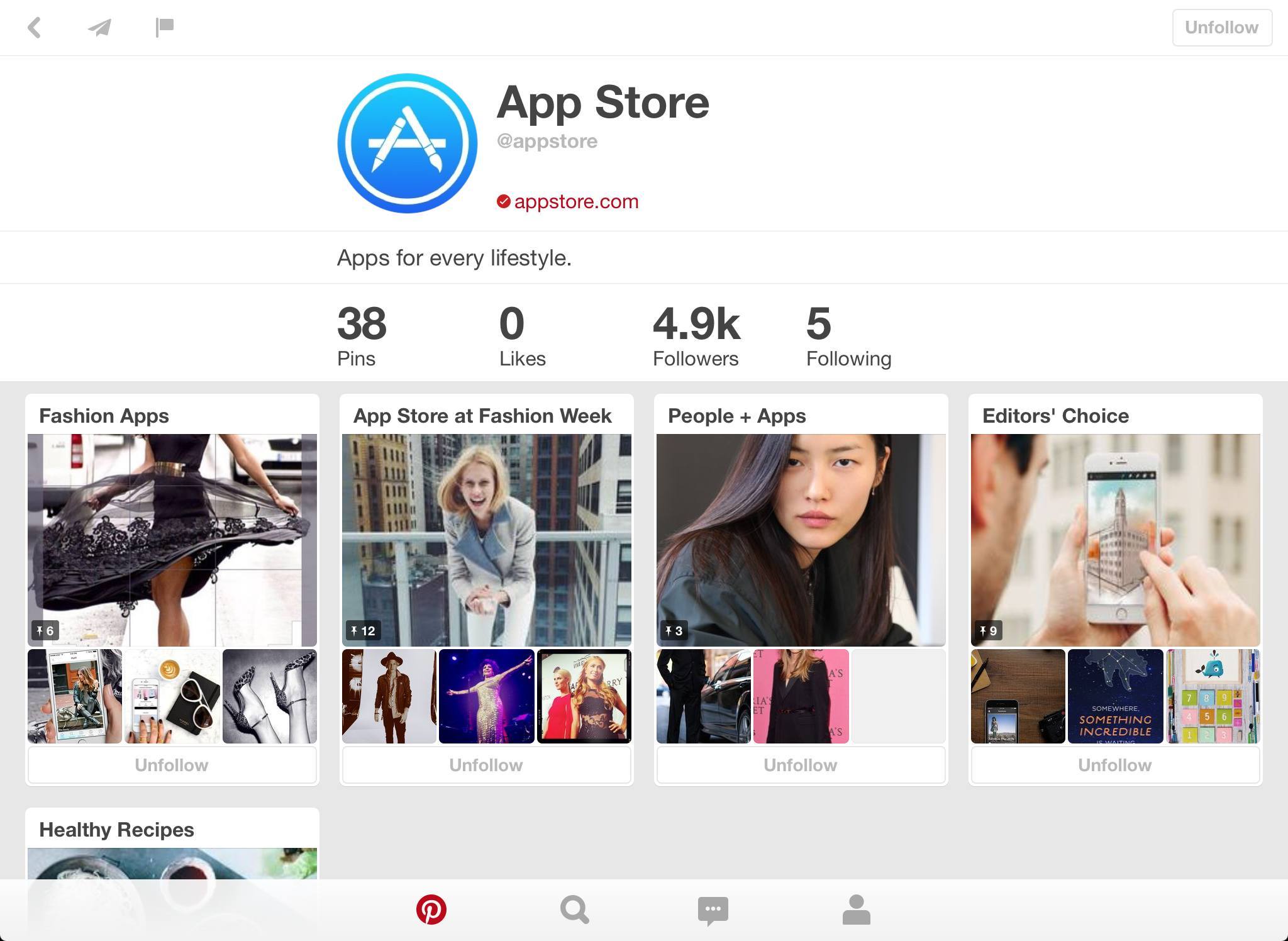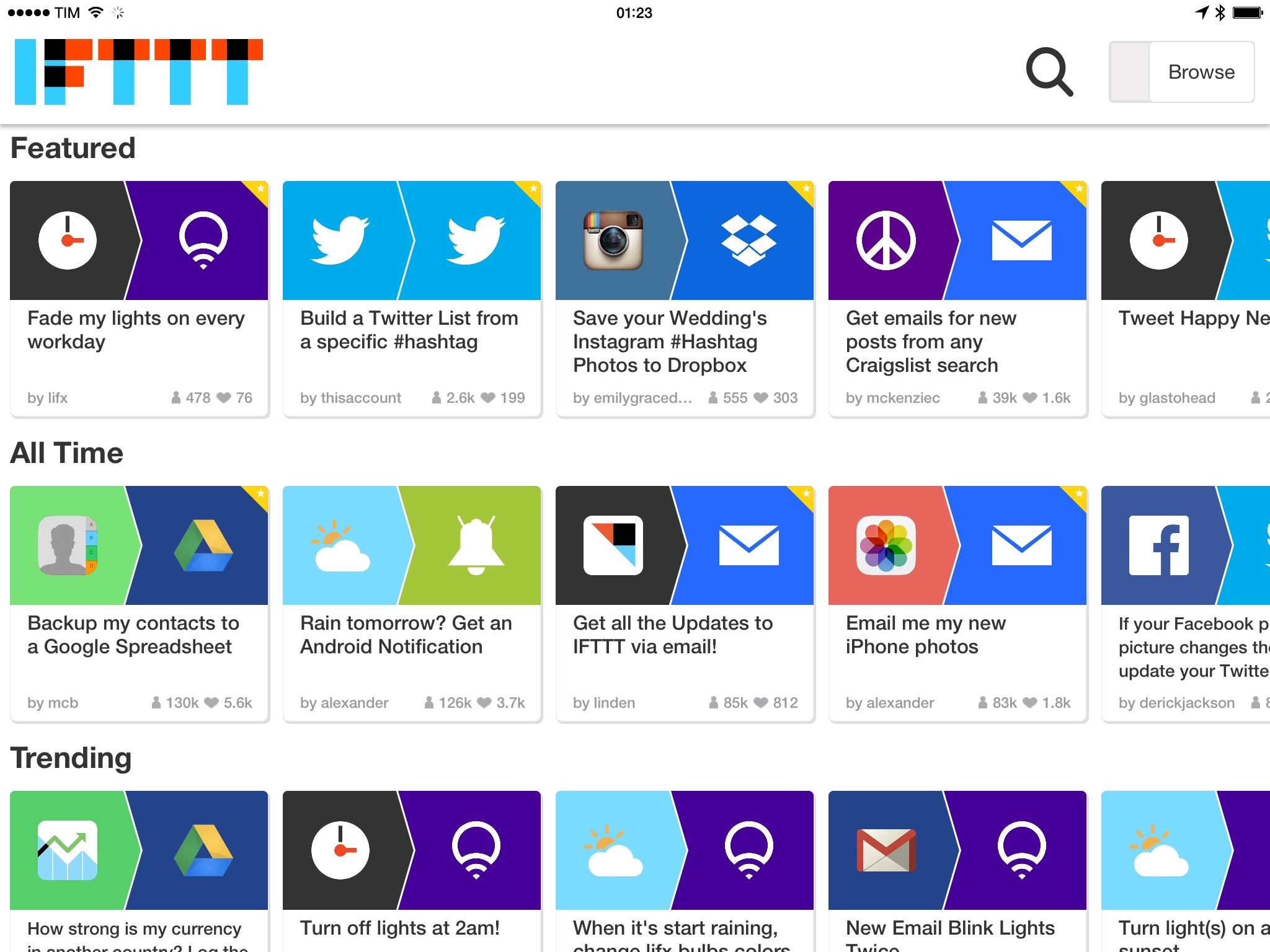I was wrong about the iPhone 6 Plus.
For years, I thought that big Android phones were meant to address a market segment made of people with abnormally voluminous hands. I had never tried one, but preconceptions are easier (and cheaper) to subscribe to than facts. When Apple released the iPhone 6 family in two sizes last year, I assumed that, among the People Who Have Big Hands And Like Big Smartphones, there could be a few millions who happened to want a 6 Plus.
I also am one of those people.
For the past two months, I’ve been carrying a 128 GB iPhone 6 Plus (white model) that Apple loaned to me for review purposes. I was curious to see if a larger iPhone could fit in my daily iOS usage, and, if so, how it would impact my iPad habits. The iPad is my primary computer; would an iPhone 6 Plus replace some of its advantages, or would the bigger size simply make some iPhone tasks better?
I’ve used the iPhone 6 Plus intensively, and I’ll have to return it to Apple. But I really wish I didn’t have to go back to my iPhone 6.


